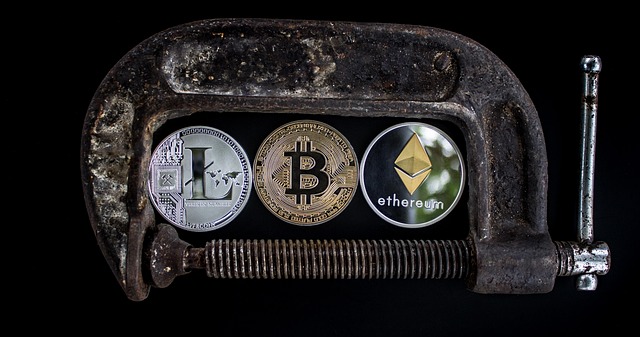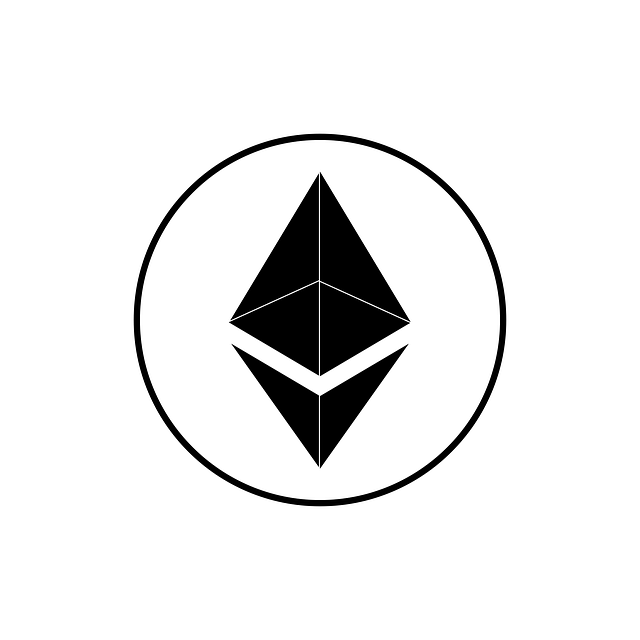
Ethereum, with its advanced smart contract system and decentralized apps (dApps), is transforming cross-chain interoperability in the blockchain space. It bridges isolated networks, allowing diverse blockchains to communicate and exchange data seamlessly. Through protocols and bridges, Ethereum enables value transfer, data sharing, and enhanced functionality across networks, fostering innovation in DeFi and NFTs. Its leadership in interoperability addresses compatibility issues, prioritizes privacy, and paves the way for a unified digital ecosystem where dApps span multiple blockchains, revolutionizing efficiency and user experience.
Cross-chain interoperability is revolutionizing the blockchain landscape, enabling diverse chains to communicate and collaborate. This article explores how Ethereum is at the forefront of this movement, bridging gaps between various blockchains. We delve into the necessity of integration, examining Ethereum’s role in connecting disparate networks through smart contracts and key protocols. By understanding the challenges and benefits, we uncover the profound impact of cross-chain interoperability on functionality, user experience, and the future of blockchain technology, with Ethereum playing a pivotal game-changing role.
- Understanding Cross-Chain Interoperability: The Need for Blockchain Integration
- Ethereum's Role in Connecting Diverse Blockchains
- The Challenges of Achieving Interoperability Between Blockchains
- How Ethereum's Smart Contracts Facilitate Cross-Chain Communication
- Key Protocols and Standards for Interacting with Different Blockchains
- Benefits of Cross-Chain Interoperability: Enhanced Functionality and User Experience
- The Future of Blockchain Interoperability: Ethereum's Impact on the Industry
Understanding Cross-Chain Interoperability: The Need for Blockchain Integration

In the evolving landscape of blockchain technology, cross-chain interoperability has emerged as a game-changer. It refers to the ability of different blockchains to communicate and exchange data seamlessly, fostering integration and enhancing functionality. This concept is particularly crucial in today’s diverse blockchain ecosystem, where numerous chains like Ethereum coexist with unique characteristics and use cases.
The need for cross-chain interoperability arises from the limitations of isolated blockchains. Each blockchain has its own set of advantages, be it enhanced security, scalability, or specialized smart contract capabilities. However, these benefits are often confined to their respective networks, hindering the potential for collective growth and innovation. Ethereum, with its robust ecosystem and versatile smart contract functionality, plays a pivotal role in bridging this gap by enabling communication between different blockchains, unlocking new possibilities for decentralized applications (dApps) and fostering a more interconnected and vibrant blockchain network.
Ethereum's Role in Connecting Diverse Blockchains

Ethereum has emerged as a trailblazer in the realm of cross-chain interoperability, playing a pivotal role in connecting diverse blockchains and fostering a more unified digital ecosystem. Its innovative architecture, centered around smart contracts, enables seamless interactions between different blockchain platforms. By introducing the concept of decentralized applications (dApps), Ethereum allows developers to build and deploy applications that transcend individual chains, creating a web of interconnected systems.
This interoperability is facilitated through various protocols and bridges, which enable the transfer of value, data, and even computational resources across different blockchains. Ethereum’s flexibility and open-source nature have attracted a vast ecosystem of projects, encouraging collaboration and the development of standardized solutions. As a result, it has become a hub for innovation, where diverse blockchains can interact, enabling new possibilities in decentralized finance (DeFi), non-fungible tokens (NFTs), and more, ultimately shaping the future of a truly interconnected blockchain network.
The Challenges of Achieving Interoperability Between Blockchains

Achieving interoperability between blockchains presents a multitude of challenges, particularly given the diverse architectures and consensus mechanisms employed by different networks. Each blockchain has its unique set of rules, protocols, and data structures, making direct communication and data exchange complex. The primary hurdles include compatibility issues between smart contract languages, varied data representation formats, and disparate security models.
Additionally, ensuring privacy and data integrity across multiple blockchains is a significant concern. Ethereum, with its robust ecosystem and innovative solutions like bridges and cross-chain communication protocols, is at the forefront of addressing these challenges. By facilitating seamless interactions between different blockchain networks, Ethereum aims to unlock the full potential of decentralized applications and create a more interconnected and efficient digital landscape.
How Ethereum's Smart Contracts Facilitate Cross-Chain Communication
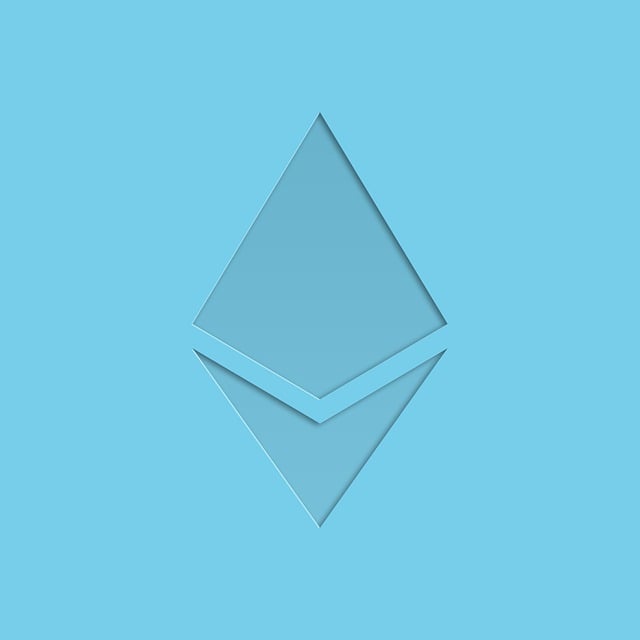
Ethereum’s innovative use of smart contracts is a cornerstone in facilitating cross-chain communication and interoperability. Smart contracts, self-executing agreements with predefined rules written in code, enable seamless data exchange and interactions between different blockchains. They act as intermediaries, allowing for secure and transparent transactions across various networks, each with its unique consensus mechanism and rules.
By utilizing Ethereum’s robust smart contract framework, developers can build decentralized applications (dApps) that bridge the gap between blockchains. These contracts ensure that when a specific condition is met, actions are automatically triggered, enabling data to be transferred from one chain to another. This interoperability opens up a world of possibilities, such as allowing users to access various blockchain services and assets seamlessly and even enabling the creation of decentralized finance (DeFi) protocols that span multiple networks.
Key Protocols and Standards for Interacting with Different Blockchains
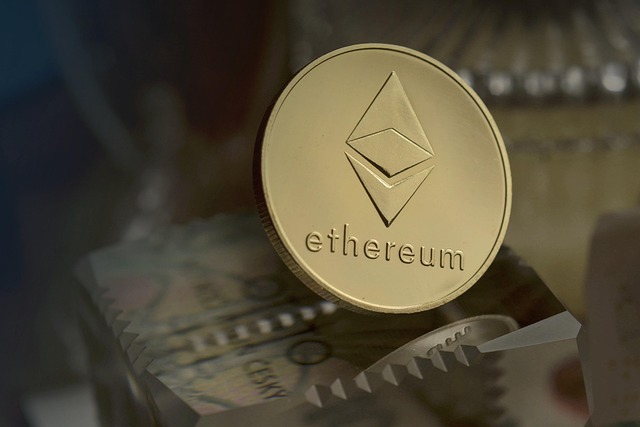
In the realm of cross-chain interoperability, Ethereum stands as a pioneer, paving the way for seamless interactions between diverse blockchains. To facilitate this, several key protocols and standards have emerged, enabling different chains to communicate and exchange data effectively. One prominent protocol is the InterPlanetary File System (IPFS), which provides a decentralized way to store and access files across various networks. IPFS allows for the creation of a distributed network where data is stored in a peer-to-peer manner, ensuring resilience and accessibility.
Additionally, Ethereum’s smart contract functionality plays a pivotal role. Standards like ERC-20 (for tokens) and ERC-721 (for non-fungible tokens – NFTs) have become de facto for defining the rules of engagement between different blockchains. These standards ensure compatibility and interoperability by providing clear guidelines for token creation, transfer, and management. As a result, developers can build applications that seamlessly integrate with Ethereum and other compatible blockchains, fostering a vibrant ecosystem of decentralized applications (dApps).
Benefits of Cross-Chain Interoperability: Enhanced Functionality and User Experience
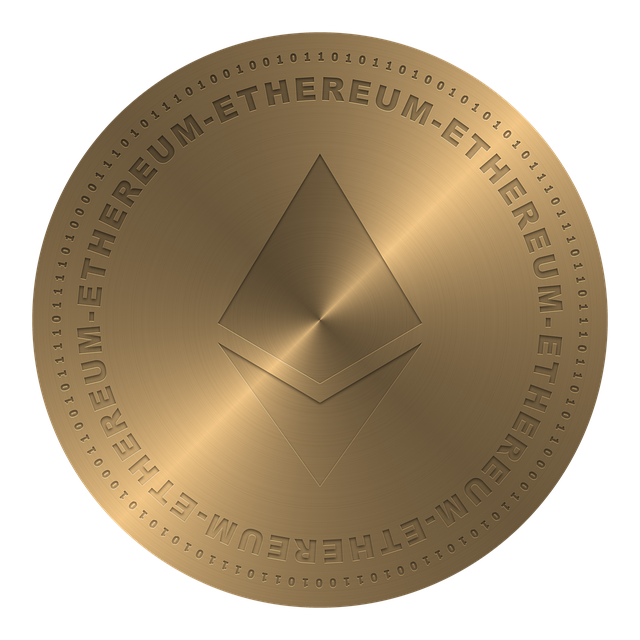
Cross-chain interoperability, facilitated by Ethereum’s innovative technology, offers a myriad of benefits that enhance both functionality and user experience across different blockchains. By enabling seamless communication and data exchange between various networks, Ethereum bridges the gap, allowing for the creation of more robust and integrated decentralized applications (dApps). Users can now enjoy a more unified digital ecosystem where they are not confined to a single blockchain, but rather have access to a wide range of services and opportunities.
This interoperability paves the way for improved efficiency and cost-effectiveness. For instance, users can leverage the strengths of multiple blockchains, choosing the best network for specific tasks based on their needs, be it scalability, security, or privacy. Moreover, cross-chain functionalities enable developers to build more complex and sophisticated dApps with enhanced features, ultimately attracting a broader user base and fostering innovation within the Ethereum ecosystem and beyond.
The Future of Blockchain Interoperability: Ethereum's Impact on the Industry
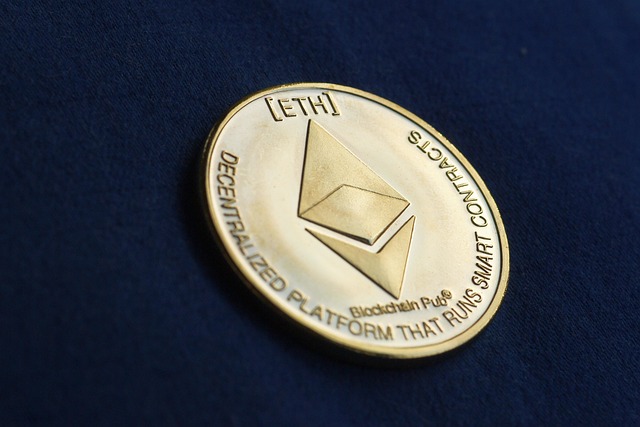
The future of blockchain interoperability is shaping up to be a dynamic and interconnected landscape, with Ethereum playing a pivotal role in bridging the gap between various blockchains. As the demand for decentralized applications (dApps) continues to grow, the need for seamless communication and data exchange across different networks becomes increasingly vital. Ethereum’s innovative approach to interoperability through its robust infrastructure and smart contract capabilities is revolutionizing the industry.
By enabling cross-chain interactions, Ethereum allows developers to build decentralized apps that leverage the strengths of multiple blockchains, opening up a world of possibilities. This advanced functionality fosters a more inclusive and diverse blockchain ecosystem where assets and information can flow freely, enhancing efficiency and creating new opportunities for innovation. With Ethereum leading the charge, we can expect to see further advancements in interoperability, paving the way for a more unified and efficient blockchain network.
Ethereum is paving the way for a more interconnected blockchain ecosystem through cross-chain interoperability, enabling seamless communication and interaction between diverse blockchains. By utilizing smart contracts and implementing key protocols, Ethereum enhances functionality and user experience, fostering a web3 landscape where value and data can flow freely across different networks. As the industry evolves, Ethereum’s role in bridging the gap between blockchains will undoubtedly shape the future of decentralized technology.

